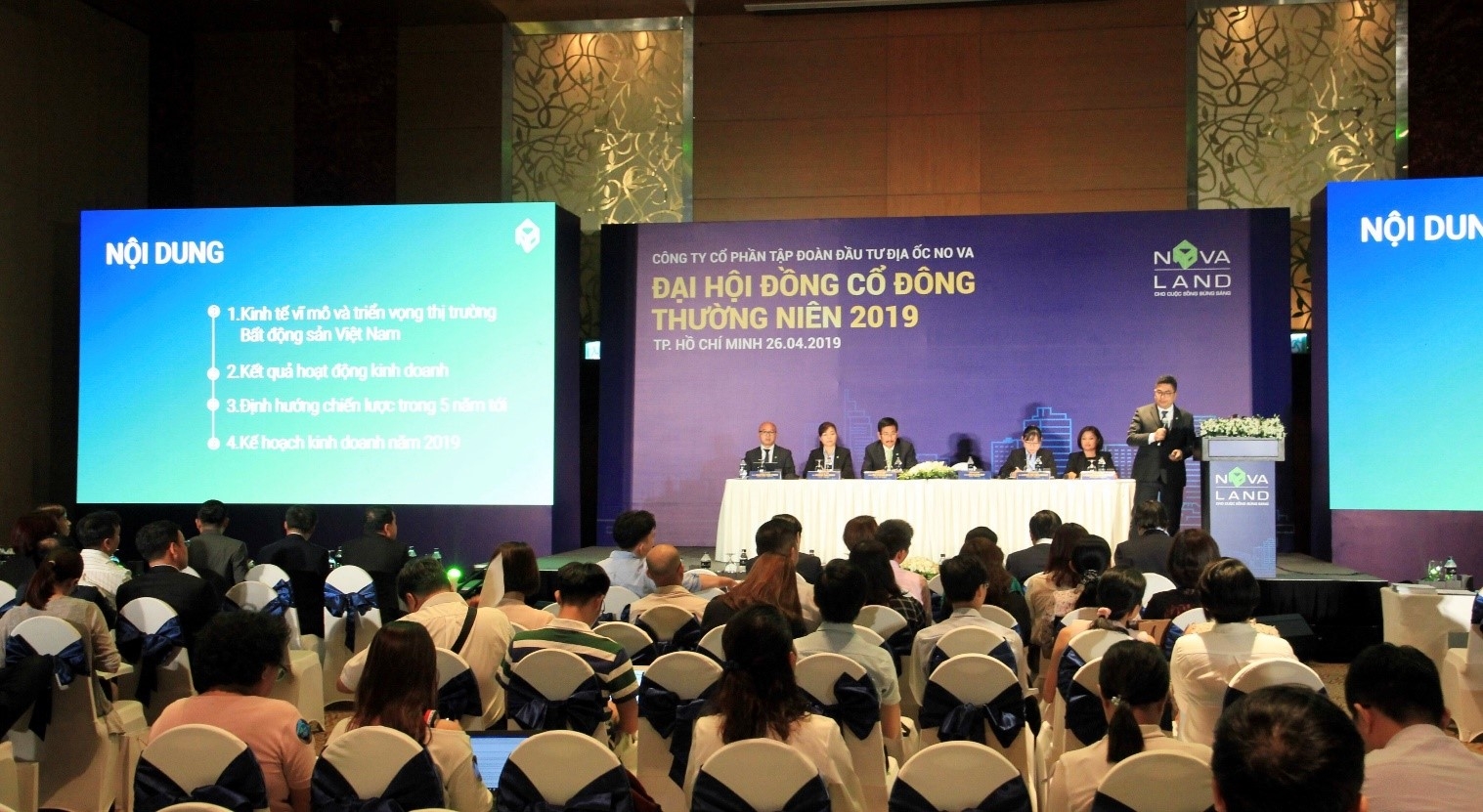At the Vietnam Tourism Property Forum 2019 on market outlook and human resources challenges held recently in Ho Chi Minh City, deputy director of the Vietnam National Administration of Tourism, Ha Van Sieu, said tourism property remains an attractive investment channel.
The segment expects high profit, especially for developers who can meet the changing demand from new tourists and those adapting with the era of Industry 4.0. “The fast growth number of international and domestic tourists has set off a massive wave of investment in resorts, hotels, villas, and tourism apartments in major tourism centres,” Sieu said.
Vietnam is forecast to receive 21 million international visitors by 2020 and 47 million a decade later for average annual growth of 9-11 per cent.
“Tourism property will continue to be one of the most promising segments of investment if developers choose the right location and right types that capture the needs of a new generation of travellers,” Sieu added.
Meanwhile, Adam Bury, senior vice president of Investment Sales Asia at JLL’s Hotels & Hospitality Group, said Vietnam should map out an advanced plan for tourism f development, as it currently remains behind Thailand even though its advantages exceed it.
Bury highlighted limitations in visa extension and the lack of infrastructure. “Vietnam has invested in new airports, but it has more to do to improve the services at these airports to attract tourists back for a second time,” he explained.
The high potential of the Vietnamese hospitality market is beginning to entice developers previously only concentrating on housing projects. Among these, Novaland is emerging with a range of large-scale tourism projects in hot destinations.
Novaland – an impressive 2018

Novaland - shareholders' meeting 2019.
With 27 years of establishment and development, Novaland has now become one of the leading property developers in the country, with more than 40 residential projects in Ho Chi Minh City, which are providing over 27,000 various property products to serve over 250,000 customers.
According to its business development strategy, this year, the group expects to have turnover of VND18 trillion ($782 million) and after-tax profit of VND3.3 trillion ($143 million) in 2019, an increase of 17.7 and 0.7 per cent, respectively, compared to 2018.
At its 2019 general shareholders’ meeting, the management board of Novaland approved the business results of 2018, with net revenue of VND15.3 trillion ($665 million), up 31 per cent over 2017. After-tax profit was at VND3.2 trillion ($139 million), up 58 per cent compared to this in 2017. The group expects to hand over 5,900 and introduce 6,500 second homes, townhouses, and villas in 2019 in order to reach the goal, up 42 and 44 per cent on-year.
Setting sights on the top
Novaland has recently expanded its business to tourism property by a range of large-scale projects in hotspot centres of tourism.
With the vast land fund of more than 2,700 hectares totally, Novaland has reserved 25 per cent for housing development, and the rest is for tourism property.
The second phase of Novaland’s strategy for 2019 focuses on residences, eco-urban complexes, and tourism complexes. The group has now expanded to holiday and tourism properties with the three key brand names known as NovaHills, NovaBeach, and NovaWorld.
According to CEO Bui Xuan Huy, Novaland’s vision is heading towards a more completed eco-system of products.
“Novaland has just updated its mission to become the leading group in real estate, finance, tourism and infrastructure development” Huy said. “In the near future, we will continue developing our real estate and tourist properties. To support this development, we are also creating an infrastructure system in the areas where we have projects.”
“In the long term, we will focus on finance investment and develop different types of finance investment in Vietnam,” said Huy. “It is logical that after acquiring the first house for accommodation, many customers are hunting for a second one for investment. Second homes are one of the best products for saving money and collecting a profit via a rental programme. Therefore, our tourism property will meet this increasing demand.”
Novaland has also signed with established consultants such as BCG and McKinsey & Company to co-ordinate with local authorities where its projects are located, to set up a long-term development strategy for tourism. “This creates sustainable development for all stakeholders from local authorities and developers to all of society,” Huy added.
This year alone, Novaland plans to introduce about 2,000 hospitality products.
Under the NovaWorld brand, the group will introduce three properties at NovaWorld Phan Thiet in the south-central province of Binh Thuan, NovaWorld Ho Tram in the southern province of Ba-Ria Vung Tau, and NovaWorld Mekong in the Mekong Delta.
NovaWorld Phan Thiet – a perfect destination

A perspective of second homes at NovaWorld Phan Thiet.
NovaWorld Phan Thiet, in particular, will cover an area of about 1,000ha of land, offering residences, second-home villas, and shop houses, as well as an entertainment area with parks, a golf course, a heritage road, and clubs.
NovaWorld Phan Thiet boasts the perfect transport system of the Ho Chi Minh-Long Thanh-Dau Giay expressway, with expansion to Phan Thiet city to be finished in 2021. There is also railway access, an airport and a tourism port for between 3,000 and 5,000 visitor vessels.
Additionally, NovaWorld Phan Thiet also has a training centre for regional and international athletes, and 36-hole golf courses including a Professional Golfers’ Association standard course which expects to place Binh Thuan province onto the list of top international golf locations.
Other facilities include a sports complex, football pitches, tennis courts, athletics fields, and swimming pools serving regional and international championships.
All of these will ensure NovaWorld Phan Thiet is a perfect destination in Vietnam, and the envy of the Southeast Asian region as a whole.

















